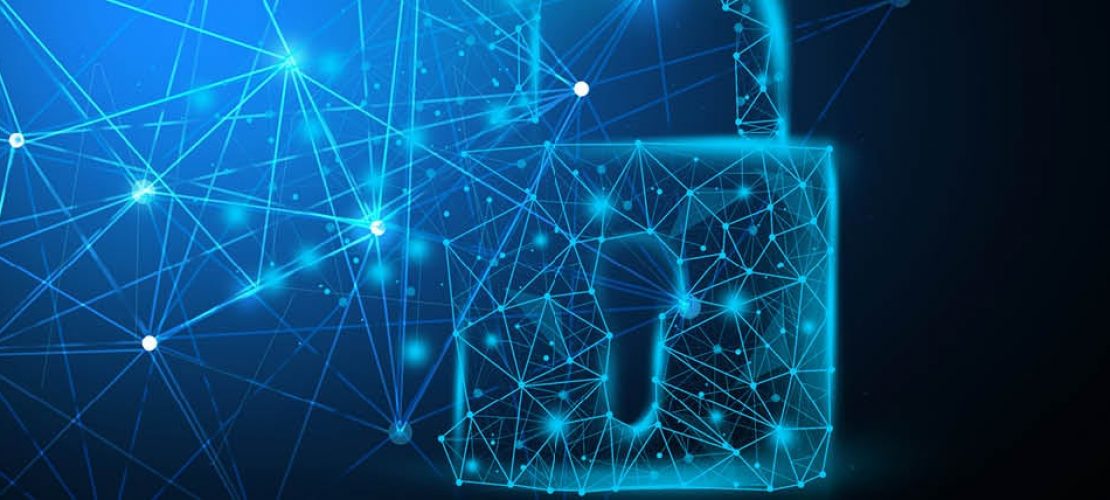DDoS attacks may be the most well-known type of cyberattack, but there are many other threats that companies need to be aware of. In this series, we will explore some of the other forms of cyberattacks and their implications for enterprise security.
Part 1:
Ransomware Ransomware is a type of malware that encrypts the victim’s files and demands a ransom payment in exchange for the decryption key. This section will cover the different types of ransomware, how it spreads, and the potential impact on businesses. We will also discuss best practices for preventing and responding to ransomware attacks.
Part 2:
Phishing Phishing is a social engineering attack that involves tricking the victim into divulging sensitive information, such as login credentials or financial information. We will explore the different types of phishing attacks, such as spear phishing and whaling, and the tactics used by attackers. We will also discuss ways to identify and prevent phishing attacks.
Part 3:
Insider Threats Insider threats can be some of the most damaging and difficult to detect cyberattacks. These attacks come from within the organization and can be intentional or unintentional. This section will explore the different types of insider threats, including malicious insiders, negligent employees, and compromised accounts. We will also discuss strategies for detecting and preventing insider threats.
Part 4:
Supply Chain Attacks Supply chain attacks target third-party vendors or suppliers that have access to a company’s systems or data. These attacks can be difficult to detect and can have far-reaching consequences. We will discuss the different types of supply chain attacks, such as software supply chain attacks and hardware supply chain attacks. We will also explore strategies for mitigating the risk of supply chain attacks.
Part 5:
Advanced Persistent Threats Advanced Persistent Threats (APTs) are stealthy, targeted attacks that can go undetected for long periods of time. APTs are usually carried out by nation-states or highly organized cybercriminal groups and are often used for espionage or stealing sensitive data. This section will explore the different phases of an APT attack, such as reconnaissance, initial compromise, and lateral movement. We will also discuss strategies for detecting and mitigating APTs.
Part 6:
IoT Threats The Internet of Things (IoT) is a rapidly growing network of connected devices, ranging from smart thermostats to industrial control systems. While IoT devices offer many benefits, they also pose significant security risks. This section will cover the different types of IoT threats, such as botnets, remote code execution, and firmware attacks. We will also discuss best practices for securing IoT devices.
Part 7:
Zero-Day Exploits Zero-day exploits are vulnerabilities in software or hardware that are unknown to the vendor and have no patch available. These vulnerabilities are highly prized by attackers and can be used for a variety of attacks, including ransomware, espionage, and data theft. This section will explore the different types of zero-day exploits, such as memory corruption and logical errors. We will also discuss strategies for detecting and mitigating zero-day exploits.
Part 8:
Social Engineering Attacks Social engineering attacks use psychological manipulation to trick victims into taking an action that benefits the attacker. These attacks can take many forms, such as pretexting, baiting, and quid pro quo. This section will cover the different types of social engineering attacks and the tactics used by attackers. We will also discuss ways to identify and prevent social engineering attacks.
Conclusion:
DDoS attacks are just the tip of the iceberg when it comes to the world of cyberattacks. Companies need to be aware of the different types of attacks and have strategies in place to prevent and respond to them. By taking a comprehensive approach to cybersecurity, including employee education, regular testing, and incident response planning, companies can minimize the risk of a successful attack and protect their assets and customers. In today’s digital landscape, companies face a variety of cyber threats that go beyond DDoS attacks. By understanding the different types of attacks and implementing best practices for prevention and response, companies can minimize the risk of a successful attack and protect their assets and customers. A comprehensive approach to cybersecurity, including employee education, regular testing, and incident response planning, is essential to stay ahead of the evolving threat landscape.




